Comparing Stationary vs Mobile Concrete Batching Plants
-
Thesis: The choice between stationary and mobile batching plants hinges on project scale, duration, location, and required flexibility, with significant operational implications.
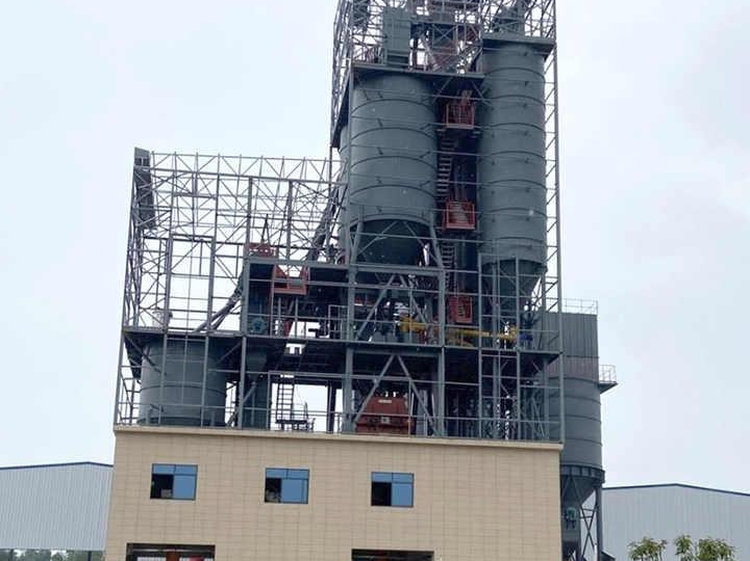
-
Outline:
-
Stationary Batching Plants:
-
Description: Fixed installation, large footprint, high-capacity silos/bins, sophisticated controls.
-
Pros: Highest output (100+ cu yd/hr), best consistency (precise batching), lowest cost per yard at high volumes, integrated systems (dust collection, water reclaim).
-
Cons: High capital cost, permanent land use, lengthy setup/teardown, inflexible location.
-
Ideal For: Large-scale, long-term projects (dams, major infrastructure), ready-mix concrete suppliers supplying a wide area.
-
-
Mobile Batching Plants:
-
Description: Mounted on trailers/skids, modular components, faster setup (<1 day).
-
Pros: Mobility (move between sites/phases), lower initial cost than large stationary, faster setup/teardown, suitable for remote locations.
-
Cons: Lower output capacity (typically <60 cu yd/hr), smaller material storage (requires more frequent replenishment), potentially slightly less consistency than top-tier stationary plants (though modern ones are excellent).
-
Ideal For: Medium-sized projects, highway construction (move with the job), remote sites, projects with multiple phases, contractors needing flexibility.
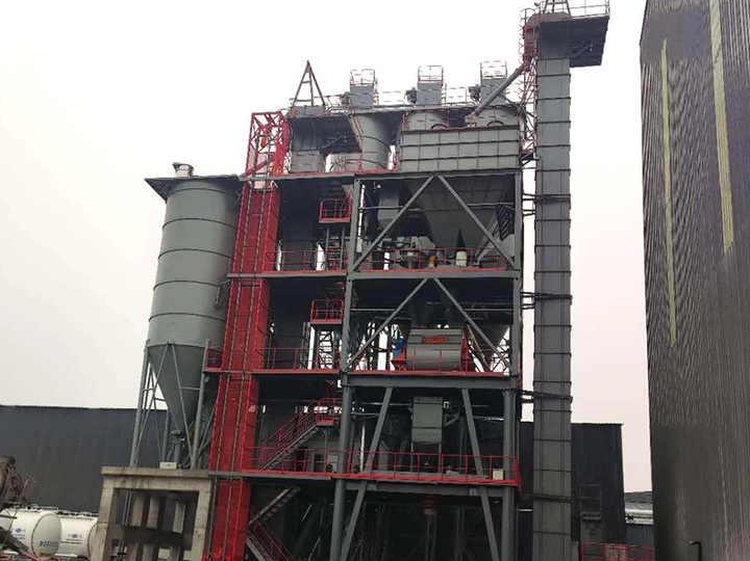
-
-
Head-to-Head Comparison: Table comparing Cost (CapEx/OpEx), Output Capacity, Setup Time, Mobility, Footprint, Consistency, Automation Level, Scalability, Best Use Cases.
-
Technology in Both (2025): Advanced computer controls, aggregate moisture probes, telematics, automated material handling options, environmental controls (dust, noise).
-
Making the Decision: Analyze Project Volume/Duration, Site Logistics (access, space, permanence), Required Production Rate, Budget (CapEx vs OpEx), Need for Mobility/Flexibility.
-
 Global Concrete Machinery Mark
Global Concrete Machinery Mark
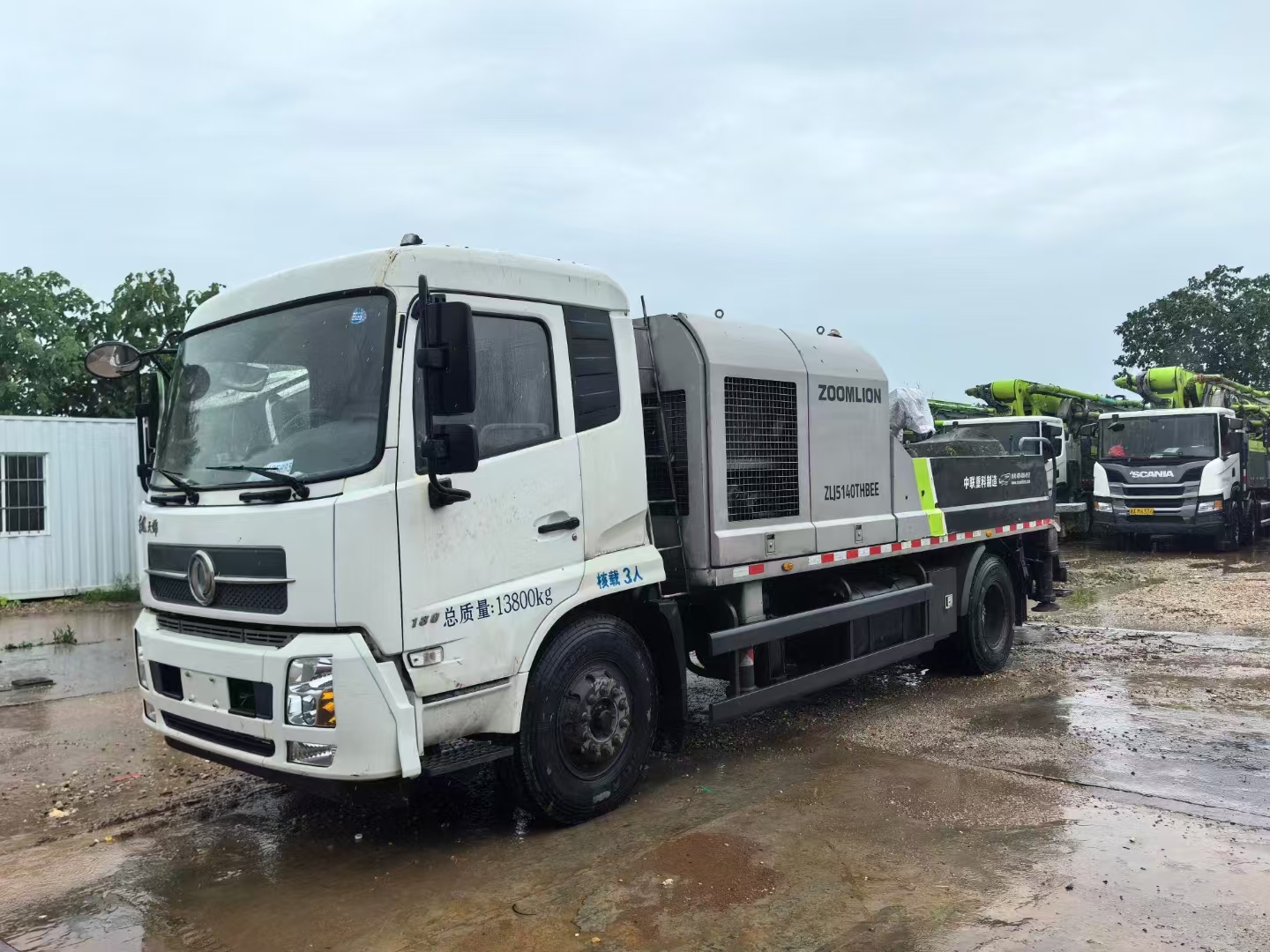 Concrete Recycling Machinery:
Concrete Recycling Machinery:
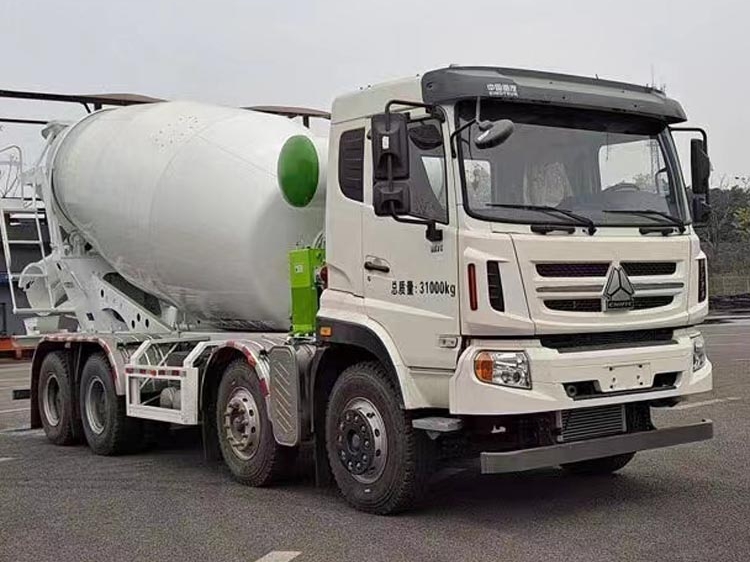 Latest Technological Advanceme
Latest Technological Advanceme
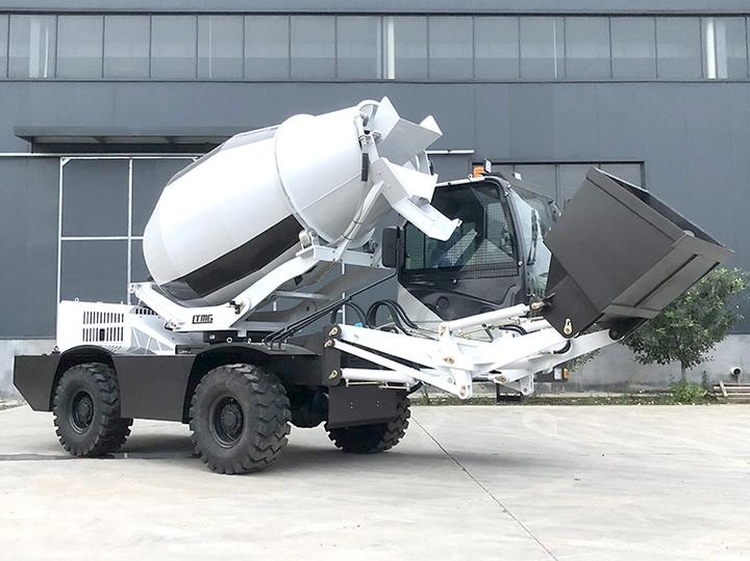 Energy-Efficient Concrete Mach
Energy-Efficient Concrete Mach
